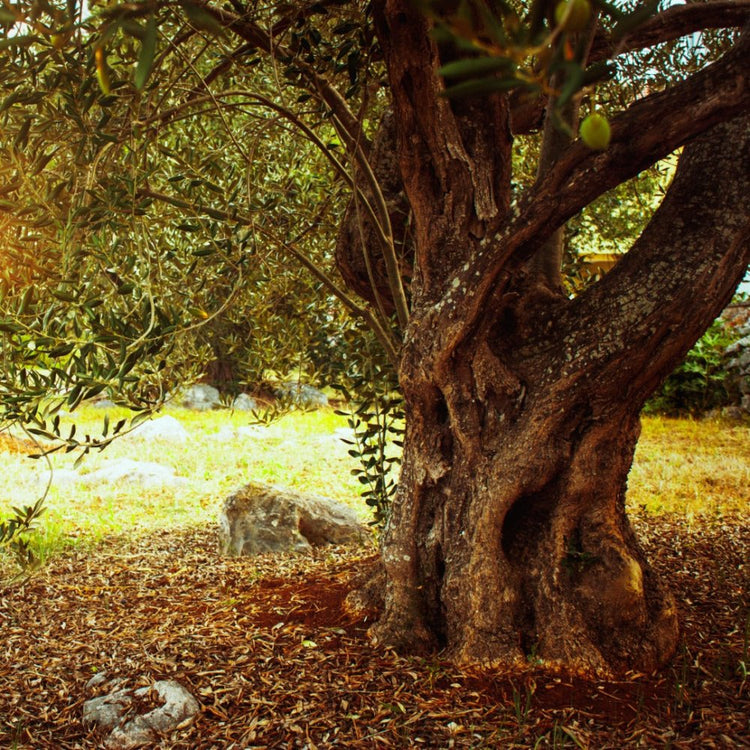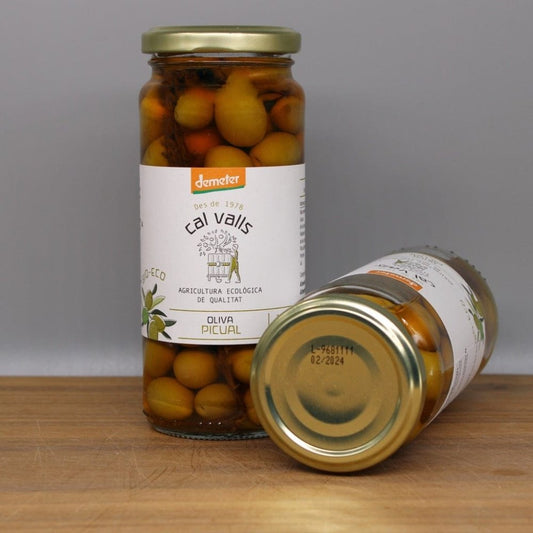Collection: Olives & Co.
The olive tree culture has a long and fascinating history. The origins of the olive tree can be traced back to the Oligocene, 20-40 million years ago, when these plants evolved in Italy and the eastern Mediterranean. The domesticated olive was first cultivated in Mediterranean regions around 7,000 years ago and has since been considered one of the oldest cultivated crops in the world.
Interestingly, in the early days of its cultivation, the olive was grown primarily for the production of lamp oil, rather than for its culinary value. Only later, with the passage of time, did people realize the nutritional value and delicious taste of the olive fruit and began to increasingly use it for human nutrition.
There is also evidence that olives were being used by people living on Morocco's Atlantic coast as early as around 100,000 years ago. Wild olive trees, also known as oleasters, have been present in the eastern Mediterranean for about 19,000 years and have been collected by humans.
Although the origin of the domesticated olive is not known for certain, fossils of Olea pollen have been found in Macedonia and other locations around the Mediterranean, indicating that this genus is a primordial element of the Mediterranean flora. On the Greek island of Santorini, fossil leaves of Olea have been found in paleosols that are about 37,000 years old. Other leaves on the same island date to before 60,000 BP and are the oldest known olives from the Mediterranean.
All in all, the history of the olive tree is closely linked to Mediterranean culture and history and is still cherished and used in many parts of the world today.
































